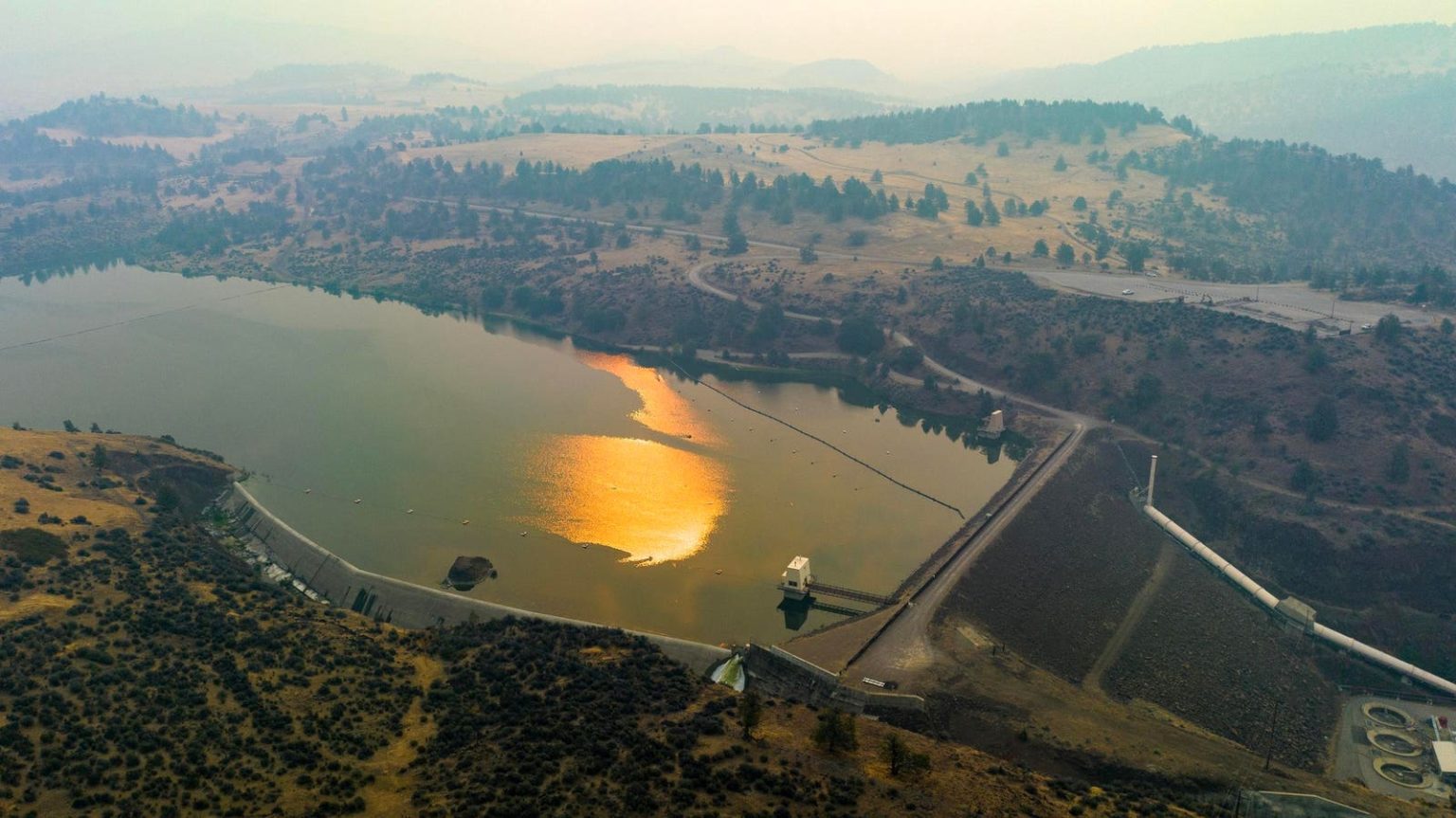As the 2024 wildfire season approaches in the United States, experts are predicting a more intense season than usual. Last year’s catastrophic fires in Lahaina, Maui, and smoke from Canadian wildfires affecting U.S. communities have highlighted the need to understand and prepare for potential wildfire impacts.
The National Interagency Fire Center’s outlook indicates that significant wildfire activity is expected in parts of southern California, the Southwest, and the Pacific Northwest. Factors such as prolonged drought, high temperatures, and persistent winds contribute to the heightened risk. The U.S. Department of Health and Human Services warns of an early and aggressive wildfire season with above-normal significant fire potential in parts of southern California.
Canadian wildfires have already impacted the U.S., sending smoke southward and causing air quality alerts in northern states. This cross-border impact underscores the interconnected nature of climate-related disasters. Several significant wildfires are already burning across North America, with fires in Alberta and British Columbia displacing residents and prompting air quality alerts. Early-season fires have also erupted in Arizona and New Mexico.
The Center for Disaster Philanthropy notes that the outlook for 2024 shows above-normal wildfire potential for many areas. The organization emphasizes the need for proactive measures as weather conditions remain favorable for fire spread. Wildfires pose health risks for vulnerable populations, with smoke containing fine particulate matter that can affect respiratory and cardiovascular health. Economic impacts include the destruction of homes and infrastructure, firefighting costs, and disruptions to businesses.
To prepare for the upcoming wildfire season, individuals are advised to create defensible space around their property, stay informed about local weather and fire alerts, prepare an evacuation plan, and take health precautions such as stocking up on N95 masks. Technology plays a crucial role in wildfire detection and response, with advancements such as satellite imagery, drones, and AI-driven models helping to monitor fire-prone areas and provide early warnings.
On the policy front, advocating for stronger climate action and resilience-building measures is essential to mitigate the impact of wildfires. Investments in forest management, community education programs, and infrastructure improvements can help prepare for more extreme wildfire seasons. As climate change continues to impact wildfire risk, preparedness becomes increasingly important to protect the health, homes, and communities of those at risk of wildfires.


